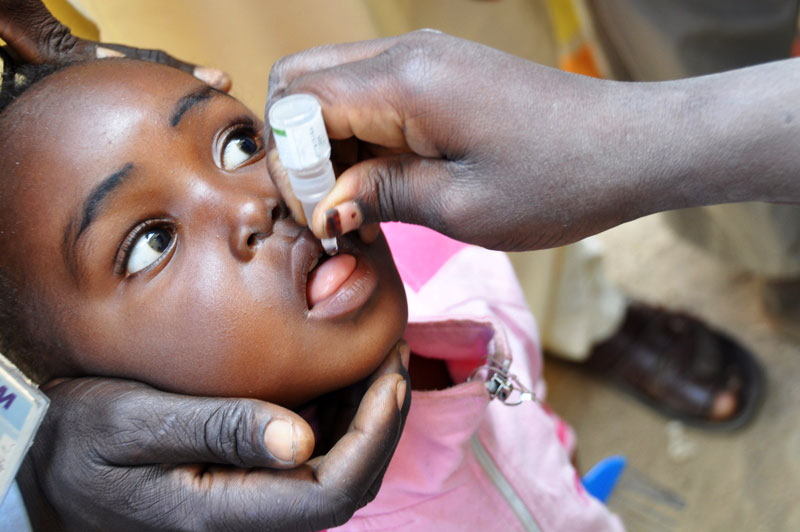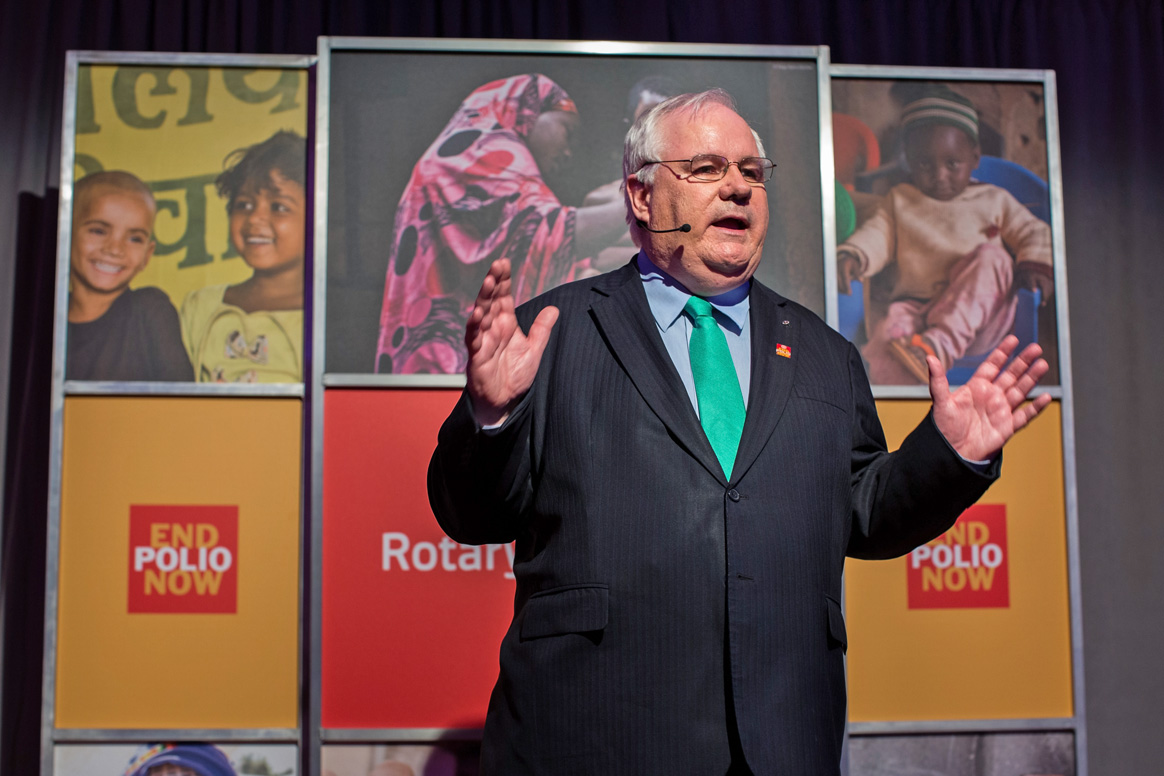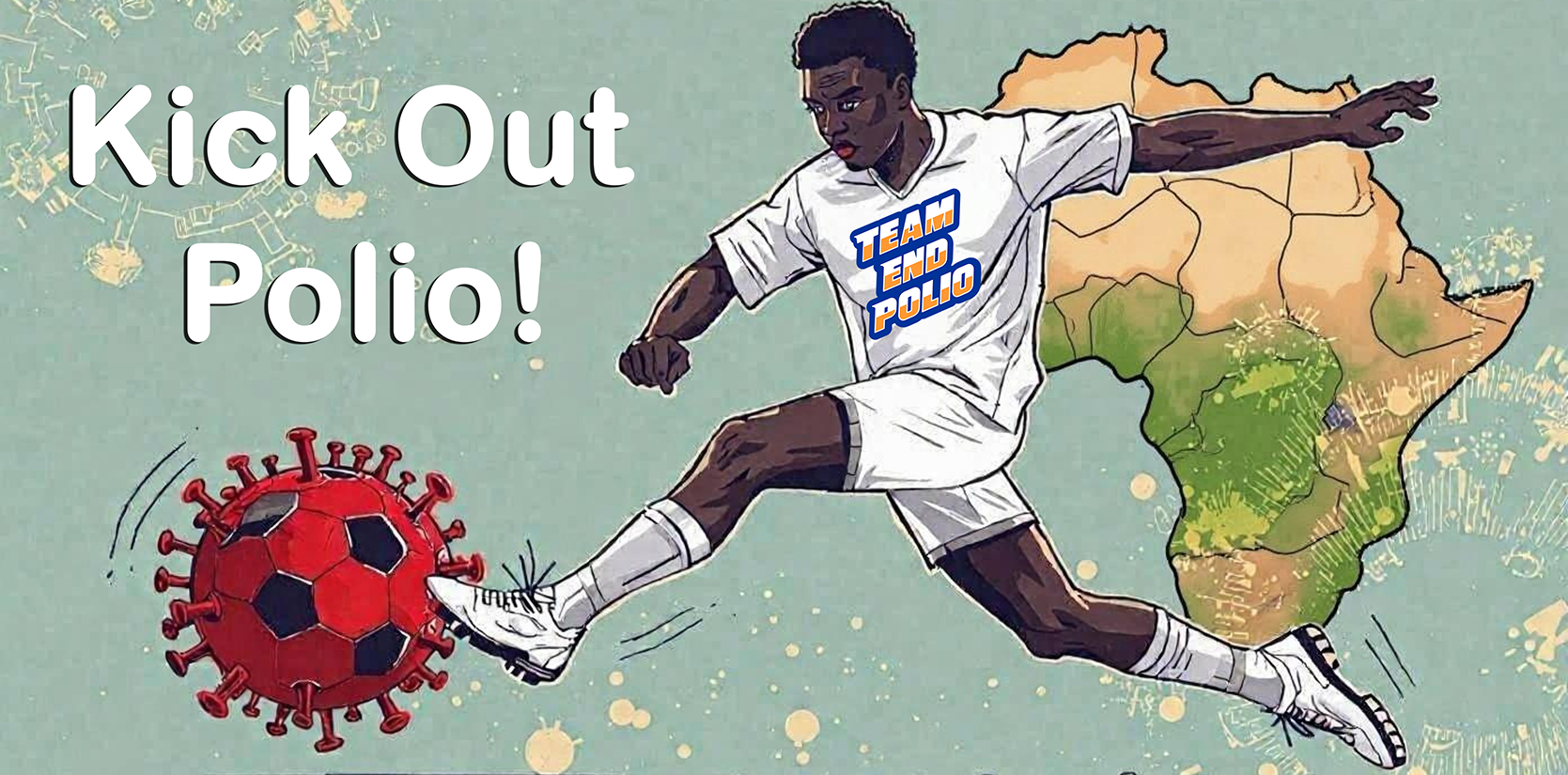
Since its inception in 1988, the Global Polio Eradication Initiative (GPEI) is driven by a singular purpose: defeat the poliovirus and secure the world from this disease.
While there may be no cure from polio, it is preventable and eradicable. Thanks to global immunizations efforts of national health authorities backed by international partners – WHO, Rotary International, the US Centers for Disease Control and Prevention (CDC), UNICEF, the Bill & Melinda Gates Foundation and Gavi, the Vaccine Alliance — cases of wild poliovirus have dropped from 350 000 in 1988 to 33 cases reported in 2018, and four Regions of the world have been certified free of wild poliovirus.
Another milestone was achieved last week: Nigeria crossing three years without detection of wild poliovirus. With this, the African Region can now possibly start the official process to certify the WHO African Region free of wild poliovirus.
This milestone was a slow and steady win, which would not have been possible without the people who make up the very fabric of Nigerian communities. Trust-building efforts by traditional leaders and the network of women making household visits across the country, made it possible to overcome socio-cultural and operational barriers to vaccination.
Read about the innovative practices for polio eradication in Nigeria.



